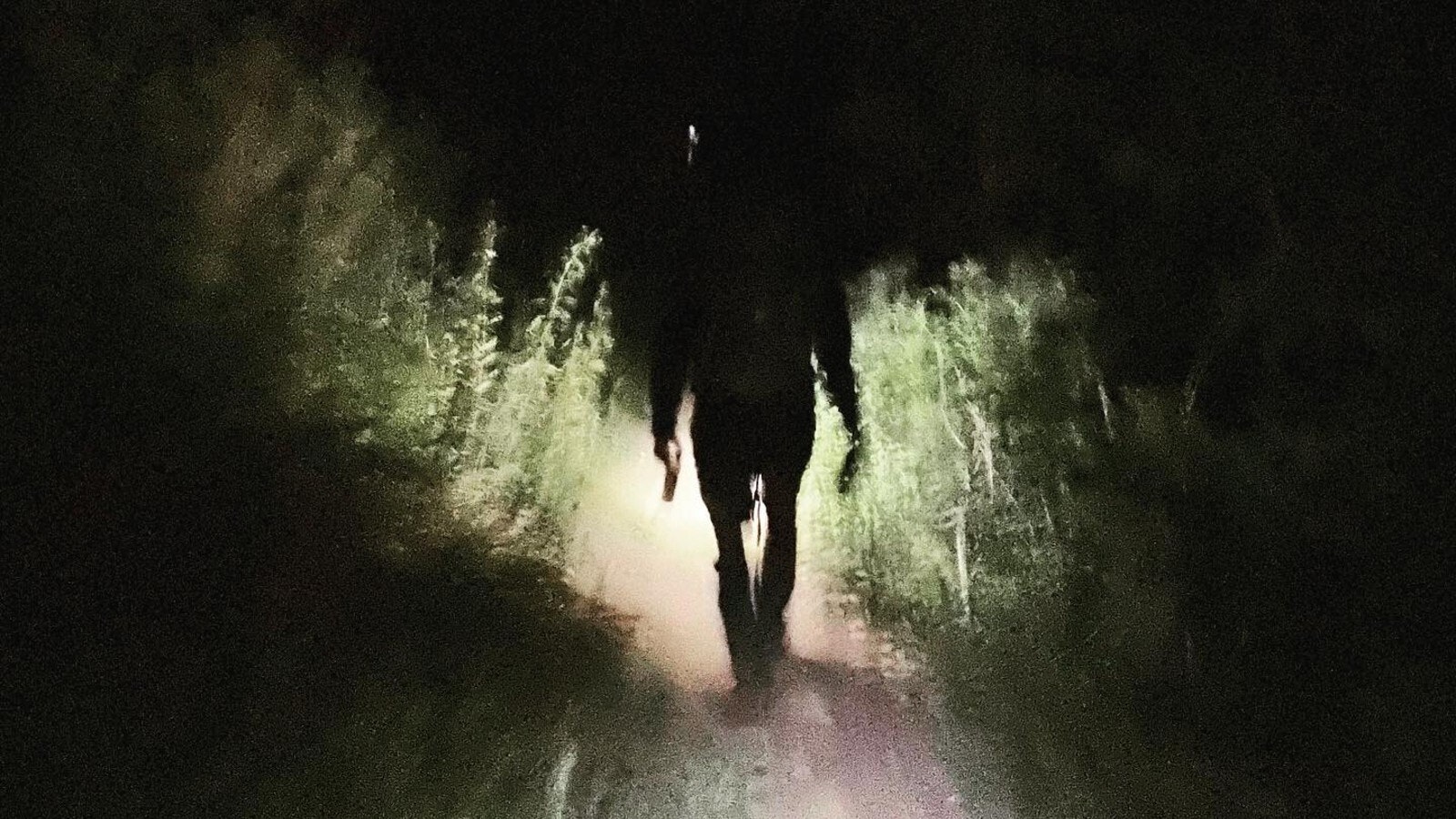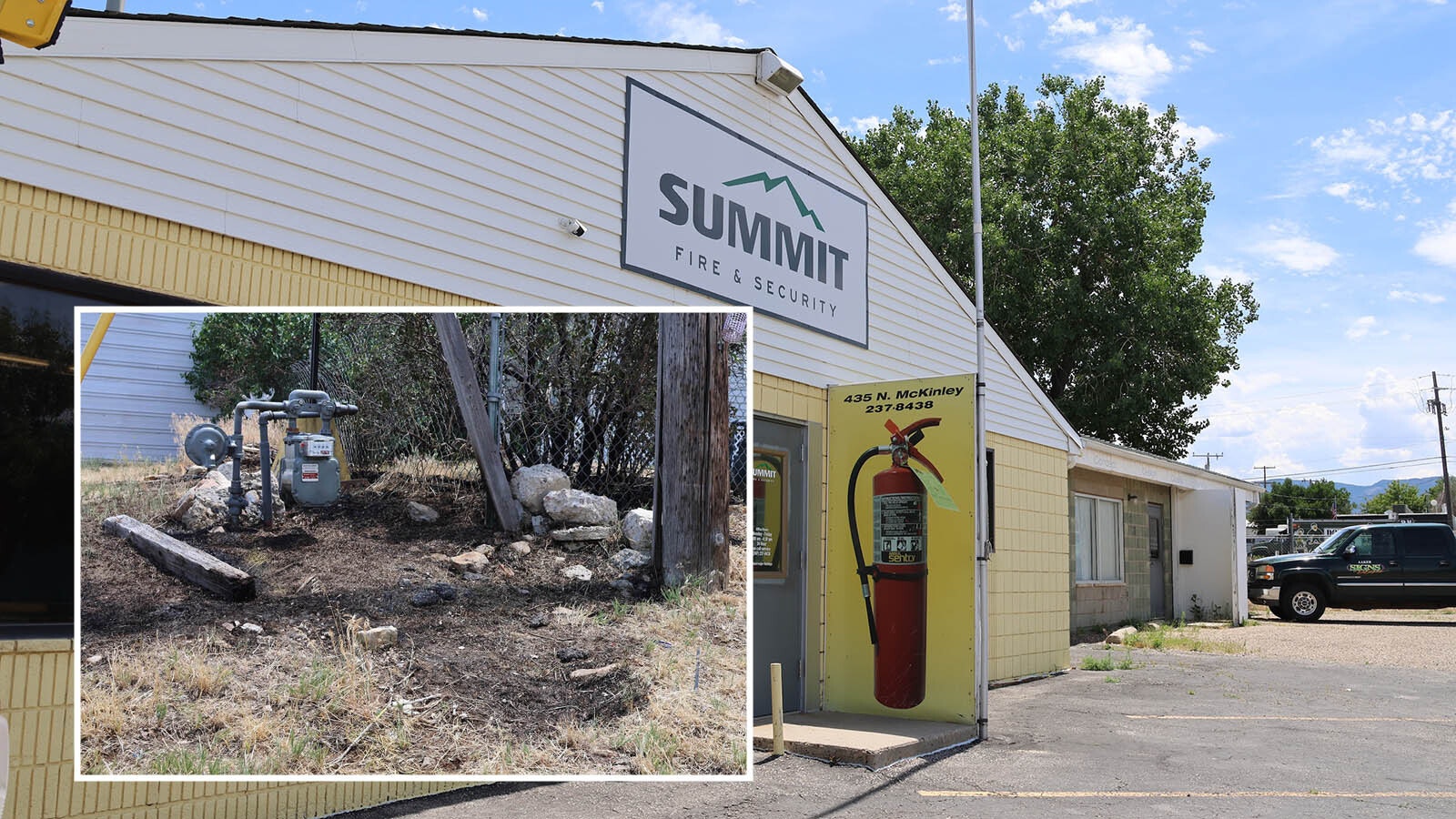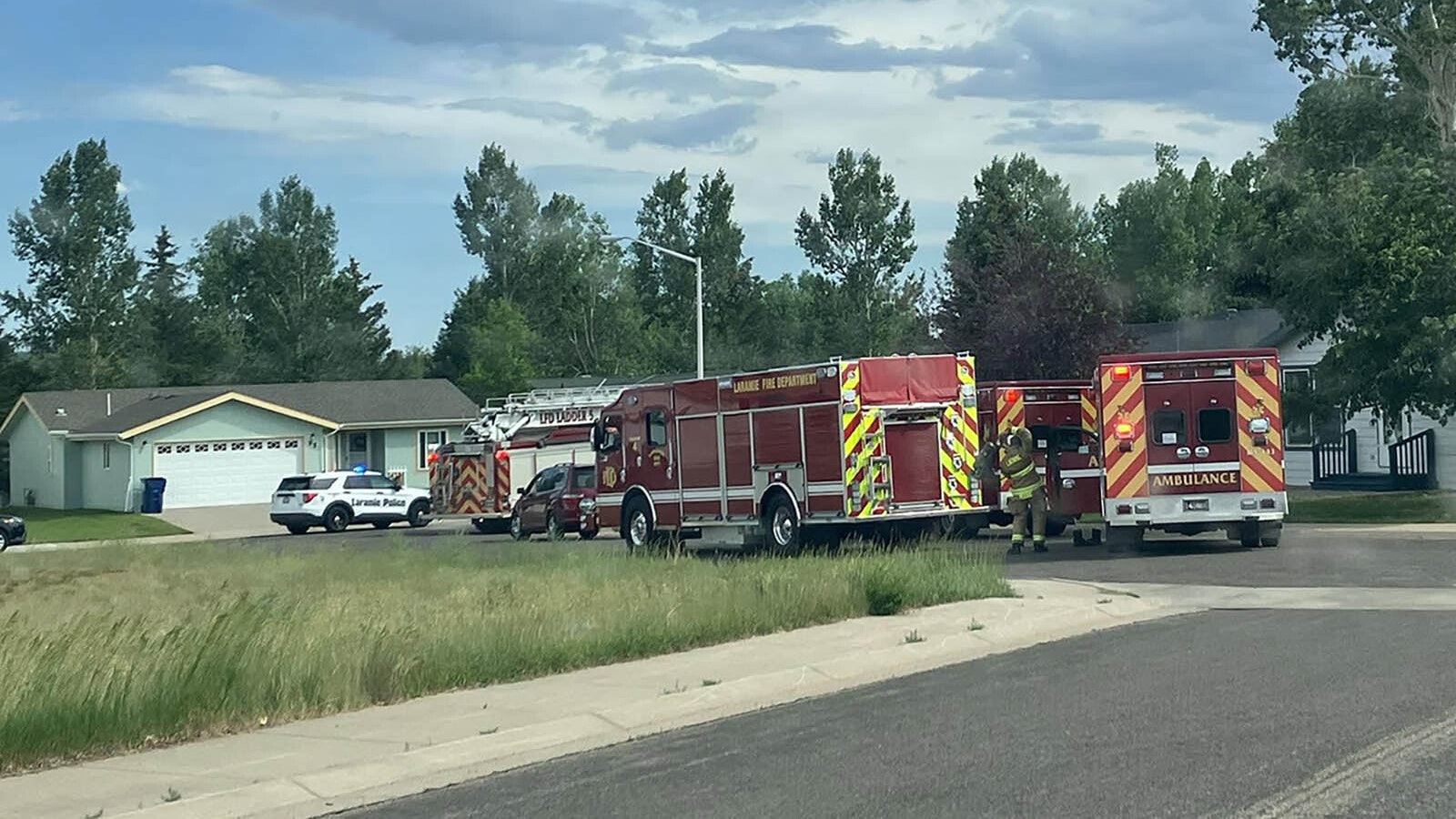By Mark Davis, Powell Tribune
The importance of search and rescue volunteers and law enforcement professionals was on display this month as two emergencies happened simultaneously in the Beartooth Mountains, while being complicated by the weather. It also demonstrated how critical it is for those heading into the backcountry to have the tools and knowledge to survive.
Officer Katrina Haworth was on patrol Jan. 8 in the Gallatin National Forest looking for scofflaws willing to trespass in backcountry wilderness areas. Despite large swaths of legal places for snowmobiling in the region, there are always a few who refuse to follow the rules.
Haworth spends a lot of time on a sled and has more experience in emergency situations than most. The Clark resident has completed many special training courses for law enforcement tactics on a sled and travels frequently where few will go.
She also has experience as a firefighter — understanding what it takes to work in isolated regions of forests and on steep terrain — as well as being a former Marine, deploying to Afghanistan as part of a security team.
“I’ve been through some hard situations throughout my lifetime, whether with the Marine Corps, being a firefighter or with law enforcement,” Haworth said.
She was checking for fresh tracks and evidence of incursions along wilderness boundaries with Park County, Wyoming, Search and Rescue volunteer Robert Lind.
They were traveling from one wilderness boundary to the other on a gorgeous day — the type that makes you appreciate how lucky you are to work in the greater Yellowstone ecosystem, she said.
There wasn’t a ton of snow, but enough for people to get out. Haworth patrols more than 1.5 million acres of territory in Carbon County, Montana, and takes her job protecting wilderness areas seriously.
She was riding up a slope, seemingly no different than other areas, when the snow parted.
“The snow just kind of gave way underneath me once I made it to the top of the bench,” Haworth recalled.
She fell off her snowmobile and 30 feet down a steep slope. “I just remember thinking: OK, the sled is coming.”
The officer tried to make herself as small as possible, protecting her vitals in the fetal position when the sled hit. The first point of contact was just above her ankle and “I felt it break.”
She rolled with the snowmobile further down the hill, eventually landing facedown in the snow with the sled on her back. Adrenaline pumping, Lind raced to help.
“He just lifted that 600-pound sled right off of me,” she said.
The shock of her injuries gave Haworth the shakes. Her fibula was broken and her foot was dislocated from the ankle by about 3 centimeters. The ligaments were dislocated, stretched out and causing great pain. In a moment, the beautiful day in the mountains became a rescue operation.
Lind quickly fashioned a splint with cord from their supplies and a shovel handle, and they began discussing how to get off the hill. Through the pain, Haworth remained calm and collected, Lind said.
Making a plan
They were about 10 miles from U.S. Highway 212. And at that moment, they started getting calls about a rescue operation for three people caught in an avalanche near Cooke City, Montana, about 5 miles south of their location.
They knew that meant search and rescue personnel had their hands full. But Lind and Haworth also knew they had to get off the mountain soon. While it was a relatively balmy 26 degrees at the time of the accident, the sun would soon set and temperatures would plummet.
They had everything they needed to start a fire and wait for assistance. But Haworth refused to pull resources away from the avalanche, Lind said.
Three skiers had been involved in the incident outside Cooke City, with one seriously injured. The rescue teams were already hampered in the operation due to the weather.
Air support was needed from Teton County as the closest team in Bozeman was grounded, said Nate Card, patrol captain for the Gallatin National Forest law enforcement team.
“Quite honestly, Katrina [Haworth] would have normally been medevaced,” Card said, “but the helicopter was needed to access the injured people from the avalanche. And literally, here in Bozeman where aircraft come from for most of that area, we were fogged in.”
Together, Haworth and Lind decided to head down the mountain. At first they thought it best to abandon one sled and ride together. But Haworth thought she could endure the pain and drive herself to safety; she wanted to get home.
“I was concentrating on getting home to my family,” Haworth said.
On their way out of the backcountry, they were met by Forest Service snow rangers who scouted the best path for their descent.
A Cooke City EMT reached them further along and provided some medical attention, while Park County, Montana, Search and Rescue personnel met her at U.S. Highway 212 and brought her to a waiting Cody Regional Health ambulance via a tobogan.
At the Cody hospital, Haworth underwent an operation to repair her ligaments, with a metal plate used to fix her broken fibula.
Lind was impressed by Haworth’s strength and resolve in the situation.
“Katrina is as tough as they come,” he said. “She recognized that it was a bad situation and was determined to get herself out. She didn’t want to burden other people.”
For her part, Haworth considers Lind her hero, but didn’t want to single him out for this one situation “because that’s the way he lives his life. Being a hero is what he does every day.”
“He was very methodical, and very thoughtful. He didn’t get stressed out,” she said. “We just worked through the issue together as a team.”
Being prepared
Every year, more people come to the Greater Yellowstone Ecosystem looking for adventure, Card said. And every year there are more distress calls made to volunteer search and rescue organizations that serve the area.
There’s a limited amount of resources out there and, despite the high quality of the teams working in the area, sometimes they’re not available, Card said. “You have to be prepared to take care of yourself. Know before you go.”
“We are certainly proud of how she [Haworth] did it, how she worked her way through the process and made excellent decisions to get herself to safety,” the patrol captain said.
The chain of events on Jan. 8 highlights the need for training in emergency survival skills, no matter how much backcountry experience you have, Card added.
The skiers caught in the avalanche were well-trained and had the tools to mitigate the situation, including beacons, probes and shovels. They were able to call for help using a Garmin inReach satellite device. There is little, if any, cell service available in the area.
Yet, despite the danger of recreating in the mountains, many fail to get the necessary tools or train for emergencies.
“There’s an awful lot of people out there that have yet to read the books needed before they go into the woods,” Card said.
While the area has a dedicated group of highly trained search and rescue groups, Haworth said anyone heading into the backcountry is responsible for their own survival.
“You can’t always rely on having helicopters or search and rescue teams,” she said. “Of course, everyone’s going to do their best to get to you, but sometimes the only way you’re going to be able to survive is having a survival mentality — knowing how you’re going to be able to get out.”





